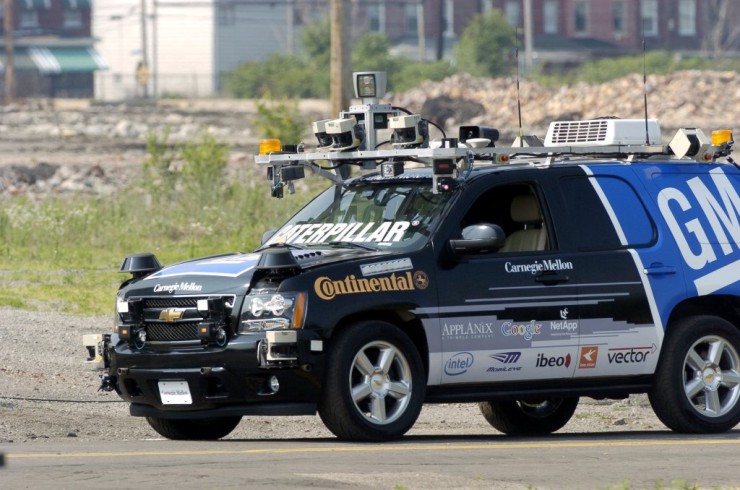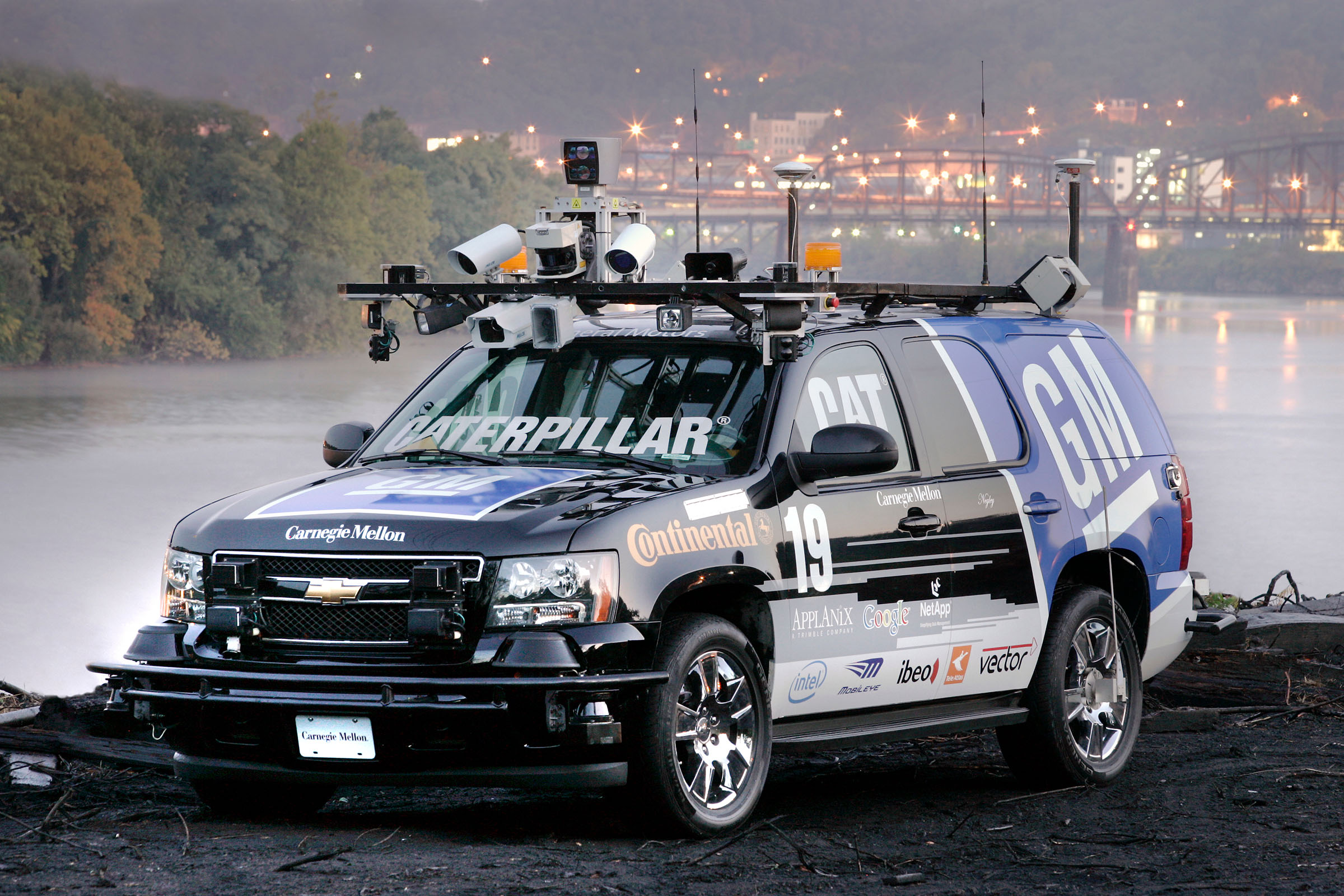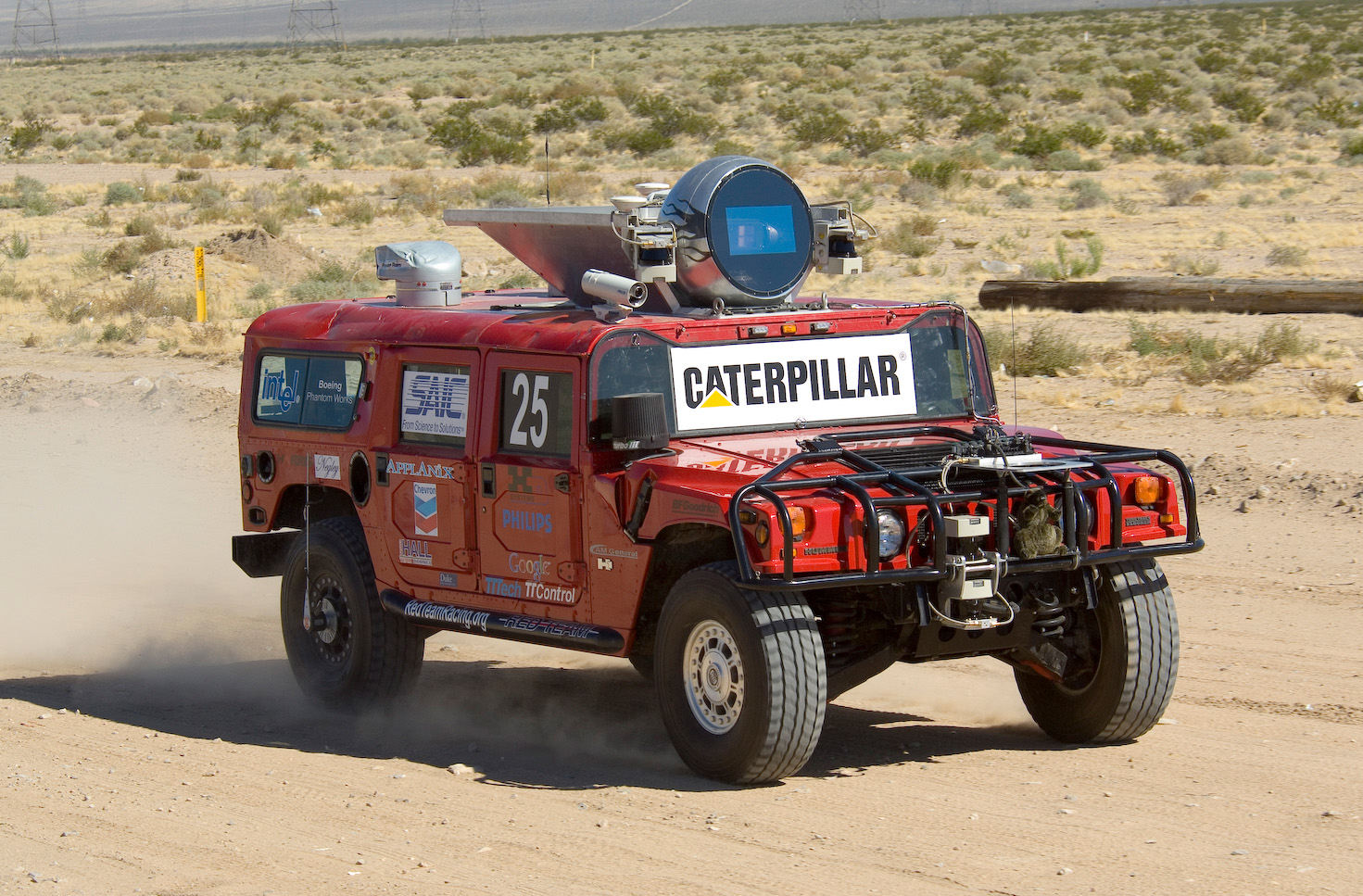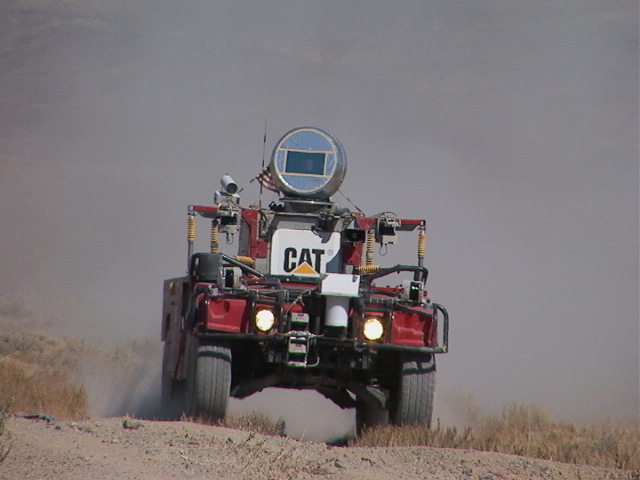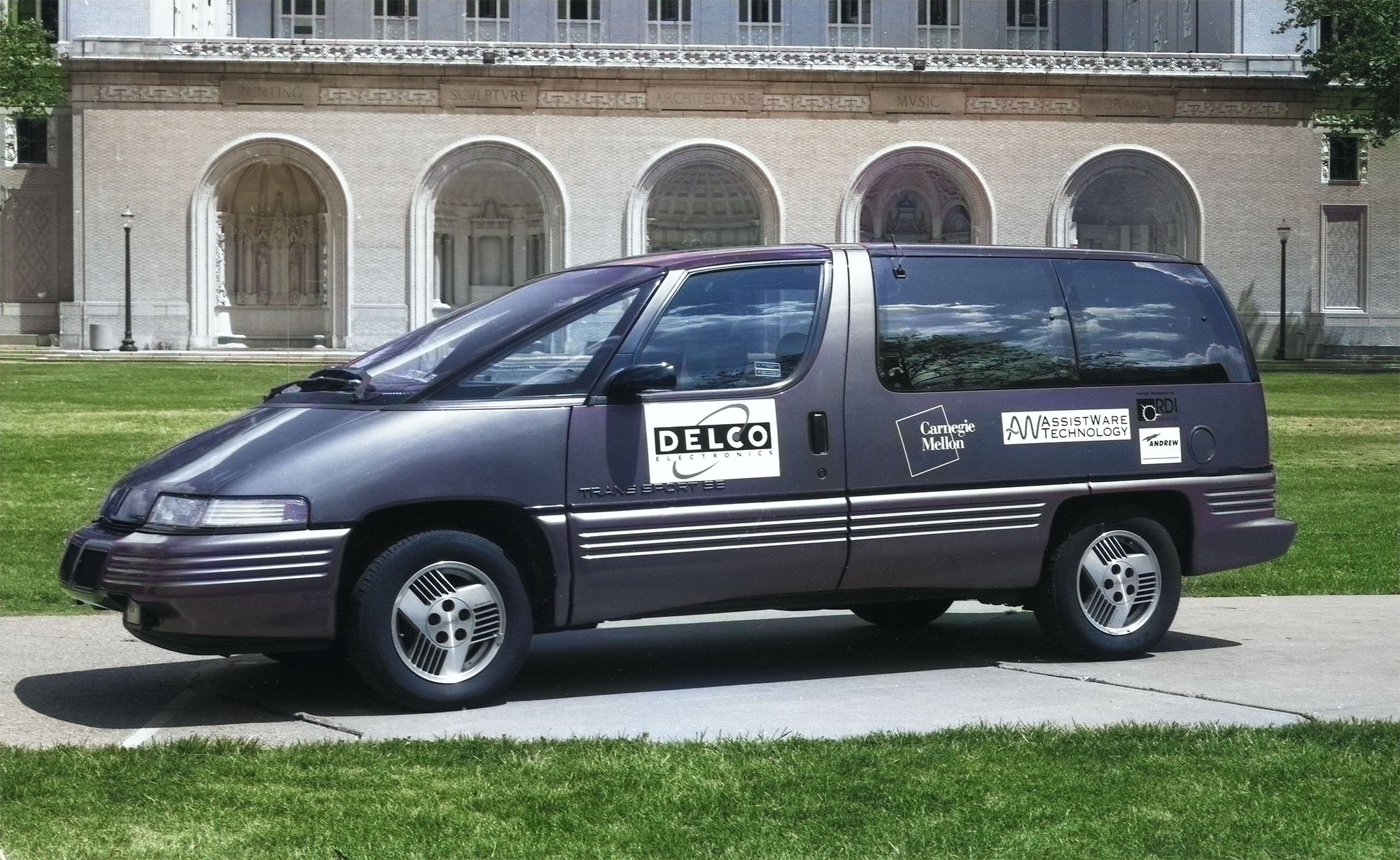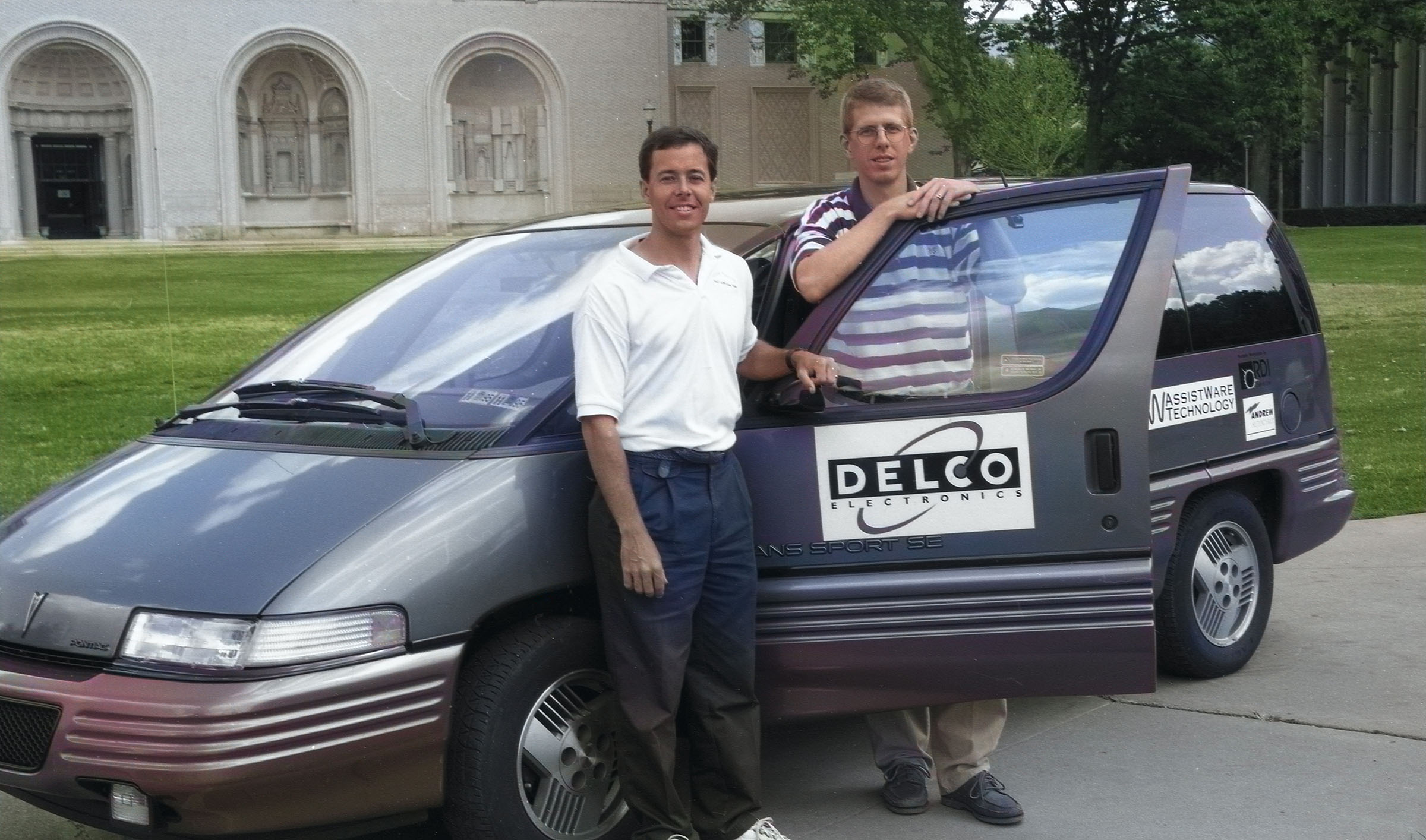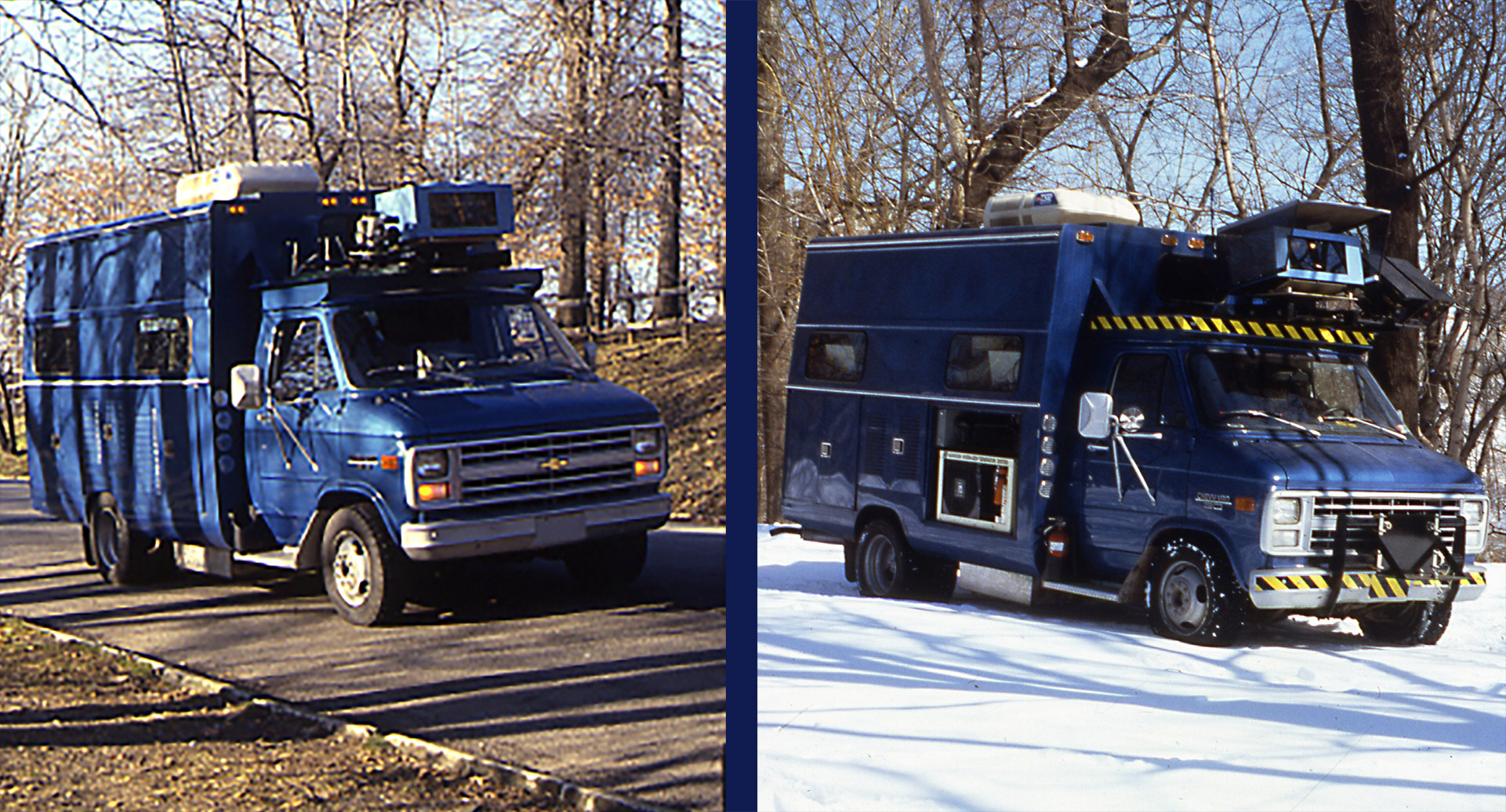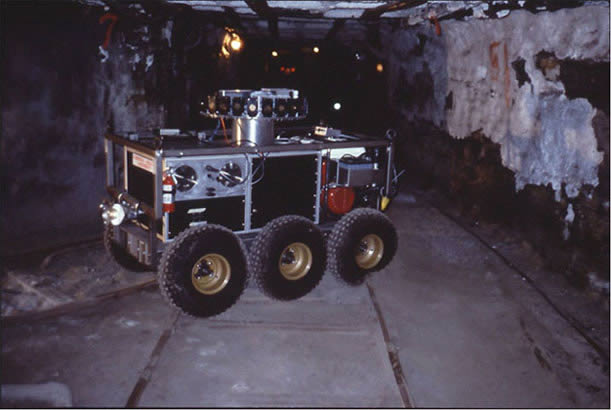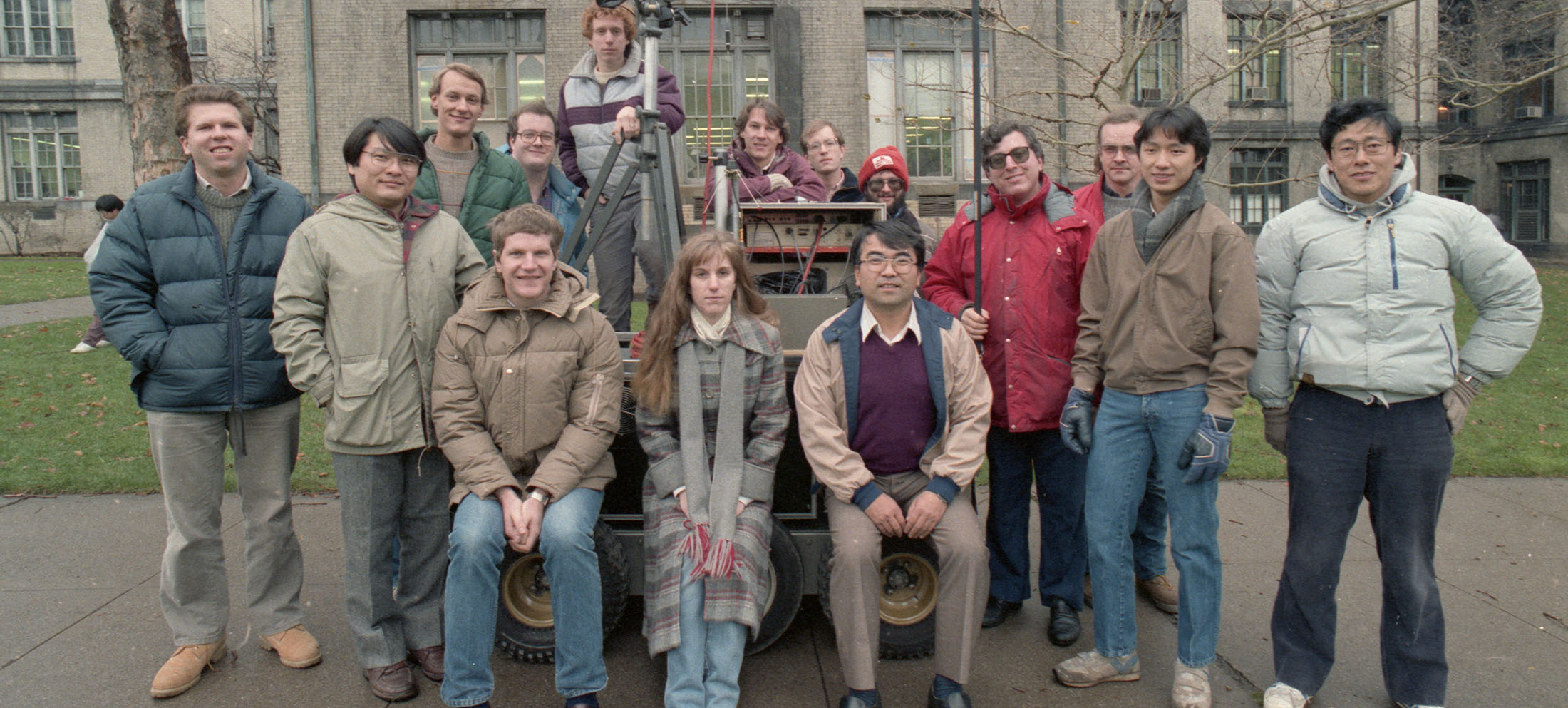.
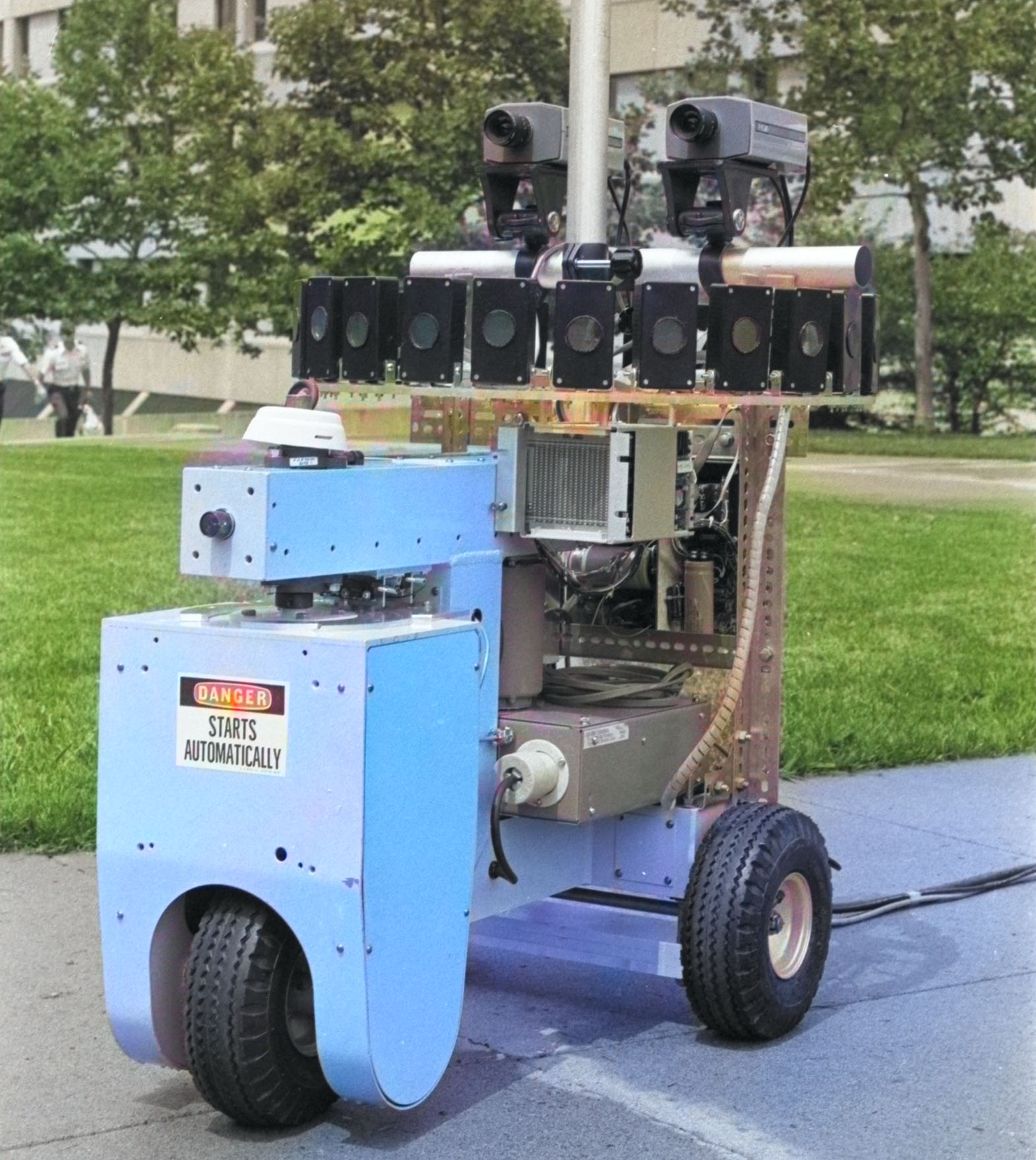
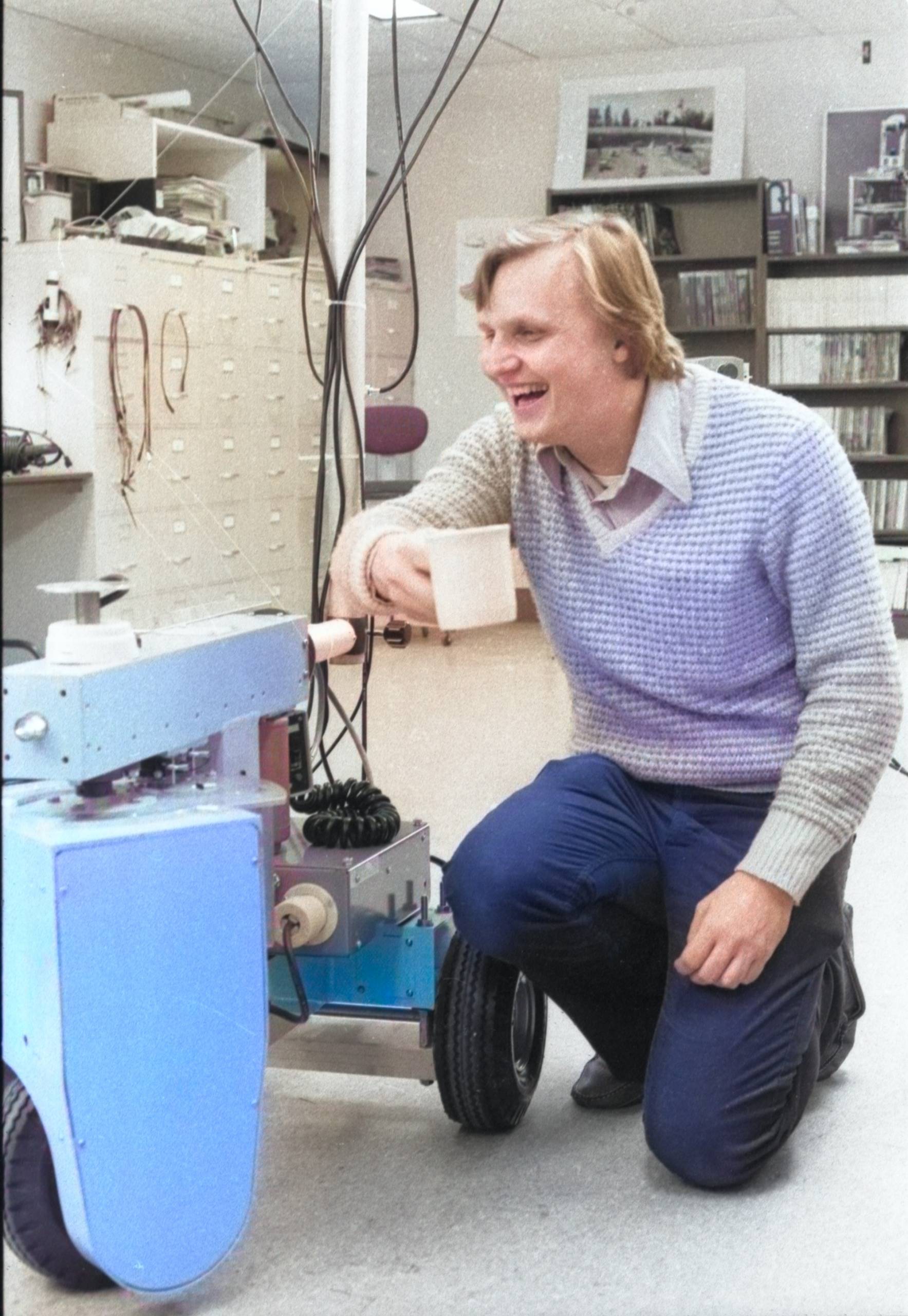
` Brian Staszel2023-12-15T12:03:13-05:00 Autonomous “Self-Driving” Vehicles
The Robotics Institute at Carnegie Mellon University began working on the dream of cars that could drive themselves in the 1980s. The hundreds, perhaps thousands, of people who worked on the various aspects of this complex problem put their heart and soul into custom built hardware and software that is now embedded in the DNA of every modern self-driving car.
Boss


1984
Neptune was a functional vehicle for autonomous mobile robot research from Moravec's Mobile Robot Lab.
As a reliable mobile base, it supported experiments in perception, real-world modeling, navigation, planning and high-level control. It was self-propelled, with computer control of direction and motivation. One of the prime design goals was the minimization of the number of subsystems.

